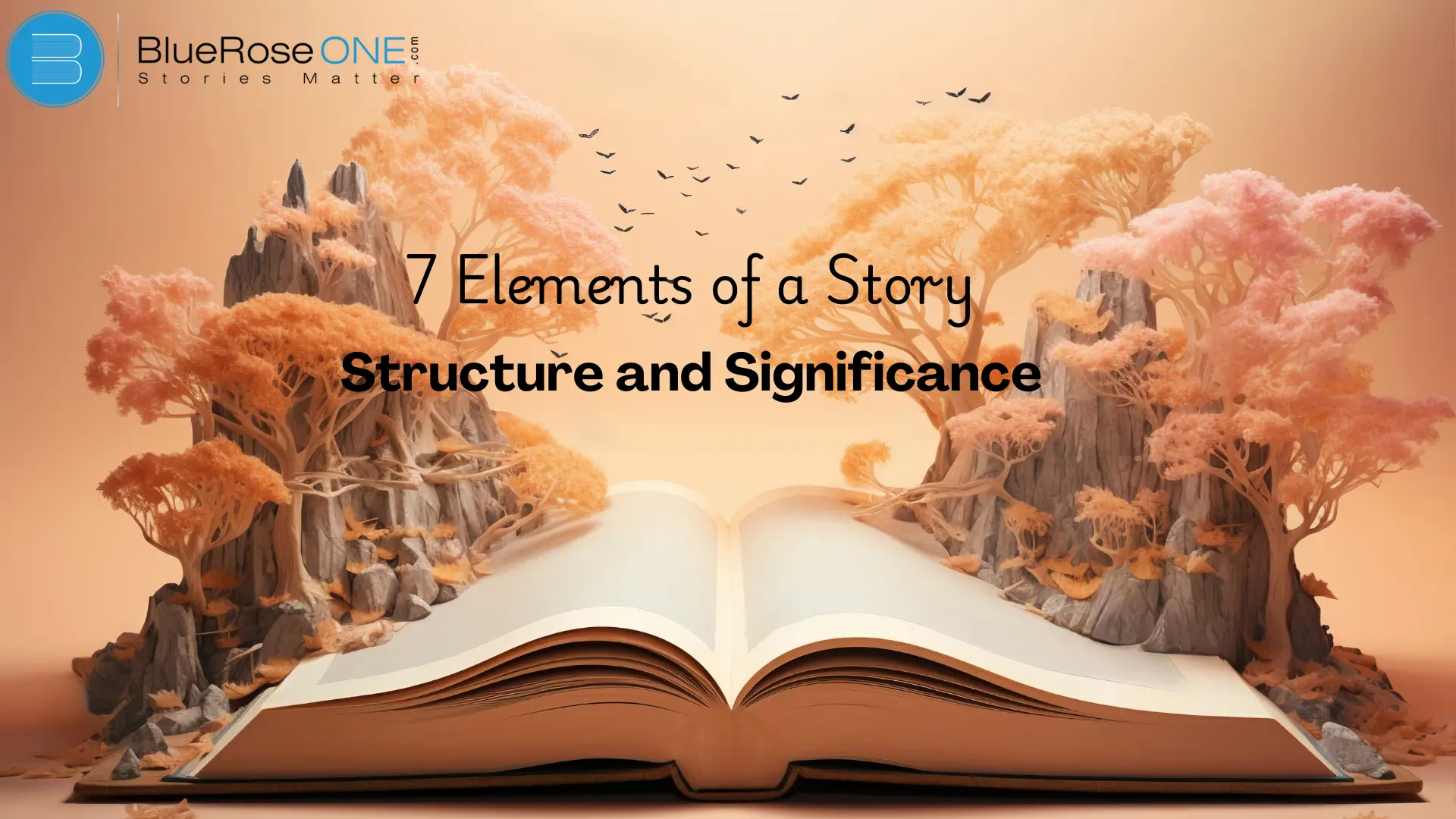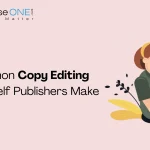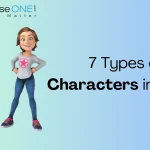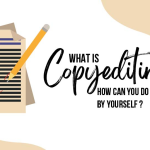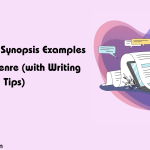Have you ever become engrossed in a book to the point where you couldn’t put it down? Have you seen a film that captivated you from beginning to end? It is the power of a skillfully written narrative. But why are these tales so engrossing? All great stories have seven fundamental components that give them shape and significance. We’ll dissect these seven components and examine their importance in narrative in this post. Knowing these elements will help you gain a new perspective on the narrative craft, regardless of whether you’re a writer or just interested in learning more.
You may also read: Positive Character Traits And Why They Are Crucial
What Is the Plot in a Story?
The core of every story is its plot. It is the flow of events that leads the audience or reader through the story. The beginning, middle, and end of the plot also referred to as the introduction, climax, and resolution usually follow a framework. The direction, purpose, and flow of the story are guaranteed by a compelling plot.
Why Is Plot Crucial to a Story’s Success?
A story can feel purposeless in the absence of a clear storyline. The storyline provides the viewers with a journey they can follow and something to invest in. A compelling storyline piques readers’ interest and makes them want to know what will happen next in any kind of story—romance, mystery, or adventure. The plot, in essence, is what keeps the pages turning.
Character
Any story’s core is its cast of characters. The reader can relate to them whether they are humans, animals, or even abstract figures. Well-developed characters, whether they be lovable sidekicks, crafty villains, or imperfect heroes, give a story vitality.
You may also read: What is a Prologue? Tips and Techniques for Writers
Types of Characters (Protagonist, Antagonist, Supporting Characters)
The protagonist is the main character—the one the story revolves around. The antagonist is the opposing force, often in conflict with the protagonist. Supporting characters add depth and complexity, helping to build the world around the main characters and making the story feel more real.
Setting
Role of Setting in a Story
The location and time of the story’s events define its setting. It establishes the scene and anchors the story in a certain period and location. The location of a novel might be anything from a future metropolis to a medieval castle, but it always plays a crucial role in determining the plot and tone of the story.
You may also read: Top 10 Best Leadership Book in Literature to Inspire Your Journey
How Does Setting Influence the Tone and Mood?
The environment affects the mood of the story in addition to revealing where it takes place. A sunny day at the beach sets a very different tone than a dark and stormy night. The setting’s mood can heighten tension, arouse feelings, and generate atmosphere, providing the audience with a more engaging experience.
Theme
What Is a Theme?
The story’s main idea or message is known as the theme. Whether the story is about love, bravery, treachery, or sacrifice, this is the core idea the writer wishes to get across. Themes provide deeper significance to a story than meets the eye by posing universal questions and inspiring contemplation.
How Themes Provide Depth to a Story
A basic story can become profound with the help of a compelling theme. Long after the last chapter, it continues to resonate on a deeper level with the audience. For example, themes of valor, friendship, and the struggle between good and evil lend J.R.R. Tolkien’s The Lord of the Rings enduring significance.
You may also like: Amazon Ads for Authors: A Step-by-Step Guide to Boosting Book Sales
You may also read: Top 10 Arundhati Roy Books You Must Read in 2025
Conflict
Types of Conflict in a Story (Internal vs. External)
What moves the plot along is conflict. It can appear in a variety of ways, such as internal conflicts a character is going through or outward conflicts between characters. An internal conflict can center on a character’s dread, doubt, or guilt, whereas an external conflict might feature a battle against a villain or a natural calamity.
Why Conflict Drives the Narrative Forward
There wouldn’t be any tension without conflict, and there wouldn’t be much to keep the reader interested. Conflict is necessary for the development of a story because it raises stakes something that is in jeopardy. Conflict, whether it takes the form of a fight, an internal struggle, or a moral quandary, keeps the story moving.
Point of View
The point of view (POV) is the perspective from which the story is told. There are three main types:
First-person: With first-person point of view, the storyteller can recount the tale from their own point of view by utilizing the pronouns “I” or “we.” This point of view fosters intimacy by giving readers direct access to the narrator’s feelings, ideas, and experiences.
It provides a subjective interpretation of the events and aids in the development of a closer bond with the character. First-person tales can have limitations, too, since readers can only learn what the narrator knows, which could lead to an untrustworthy point of view.
Second-person: Second-person: The narrator addresses the reader directly in the second-person point of view by utilizing the pronoun “you.” As a result, the reader has an immersive experience and feels included in the narrative.
Choose-your-own-adventure books, interactive fiction, and instructive writing all frequently use second-person narration. While less prevalent in conventional fiction, it can provide a distinctive viewpoint that captivates the reader in a manner that alternative points of view might not.
Third-person: Third-person: The narrator adopts the third-person point of view when they are not part of the story and refers to characters with pronouns such as “he,” “she,” or “they.”
With this point of view, the narrator might choose to be limited, concentrating on the viewpoint of a single character, or omniscient, understanding the thoughts of every character.
The reader’s comprehension of the plot’s events and relationships is improved by the use of third-person narration, which offers a wide perspective of the story and can switch between characters.
You may also like: Book Review: Clinical Pathology and Toxicology by Dr. Pradeep Kumar Yadav
Choosing the Right Point of View for Your Story
Selecting the right POV can change the way a story feels. First-person allows for intimate insight into a character’s thoughts and feelings, while third-person can offer a more objective, all-encompassing view of the story world. Second-person, though rare, can create a unique and direct connection with the reader.
Style
How Language and Style Shape a Story
The author’s word choice, sentence structure, and tone all work together to create a distinct voice that influences how language and style build a tale.
While style can highlight themes, draw attention to conflict, or distinguish between characters, language can set the tone, express emotions, and determine the flow of a story.
A compelling writing style draws readers into the story and improves readability. Style, whether straightforward or elaborate, is a tool for influencing how the reader sees and interacts with the world of the tale.
The Influence of Authorial Voice
A story’s style is greatly influenced by the author’s voice. It conveys the author’s distinct voice, viewpoint, and personality, which affects how readers interpret the story.
A distinctive voice adds complexity to the plot, improves character development, and helps set the tone. The author’s voice establishes the emotional undertone, directing the reader’s connection to the story and setting it apart from others, whether the tone is informal or formal, funny or serious.
Read: How to Publish a Book? | Publish Your Book | BlueRoseOne
Conclusion
A cohesive and engrossing narrative is produced by the cooperation of the seven components of a story: plot, character, setting, theme, conflict, point of view, and style.
Every component is essential, and knowing how they work together can help authors create stories that are deeper and more captivating. Storytellers can create narratives that are both entertaining and profoundly meaningful by grasping these elements.

